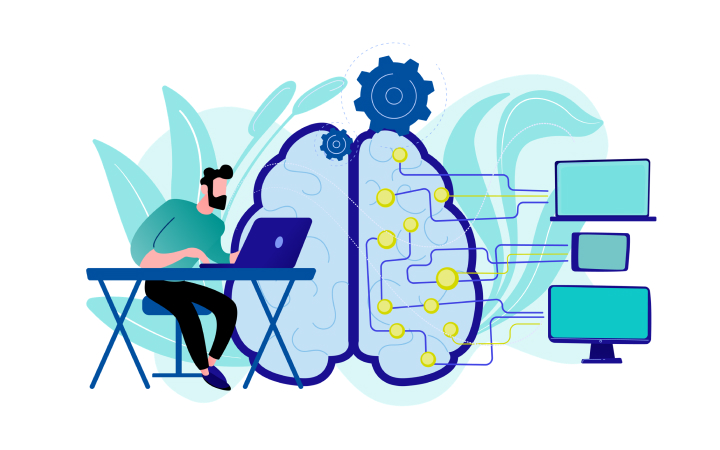What is IP and how does it relate to software licenses?
IP stands for intellectual property, and it's all about the ownership of intangible assets. Most people have heard of copyrights, patents, trademarks, and trade secrets. These are all types of IP. Software falls under all these types of IP. If the source code is kept hidden, then the software is a trade secret. In addition, it may implement an idea that has been patented. The code itself is copyrighted, and the name of the software or the vendor may be trademarked. Software licenses therefore deal with many aspects of intellectual property. Basically, it is a legal agreement between the software vendor and the user that defines the rights and restrictions of using the software.
What tools and strategies do we use to manage software licenses?
For our projects, we mostly use software components that have an open-source license. But the resulting software is usually proprietary. So, we have to make sure that closing the source is allowed. For this purpose, we have a centralized tool that scans projects for their dependencies, which gives us more information about licenses and vulnerabilities. The licenses indicate to us what we can and cannot do with the code. Sometimes, we have to use proprietary software. This is individually managed by the projects and specified in their license agreements with the vendors.
Are there guidelines from the federal government or industry practices that need to be followed?
The Swiss Federal Government has enacted a federal law (EMBAG) requiring that all software developed by or for public bodies in Switzerland be released as open source, unless restricted by third-party rights or security concerns. This follows the principle of "public money, public code". For industry practice, the Free Software Foundation and the Open Source Initiative each have a list of recommended licenses. But the standard is currently set by the Linux Foundation with SPDX, short for the Software Package Data eXchange. This open standard allows the representation of complete Software Bills of Materials (SBOMs).
Open source is growing in importance. How does that affect software licenses?
The wild thing about software licenses is that they can be defined by their authors in whatever way they decide to. An increasing number of developers are writing code, coming up with a license, and uploading their project to a public repository. Even though there have never been as many different licenses as there are today, most projects are released under a small set of tried-and-tested licenses. In addition, there is a greater awareness of intellectual property rights, which is the reason why one particular software license has become so popular.
Do you have any final words to say about your course on software licenses?
This course builds on the course “IP Unveiled: A Journey Through our Information Society , which provides a broad overview and deep understanding of intellectual property, where it comes from, and how it has consolidated into what it is today. So, the software licenses course is actually the second in a series of courses on intellectual property. A third course, coming soon, links IP to innovation, AI and privacy, and discusses the current challenges we face as a business and how to address them.


